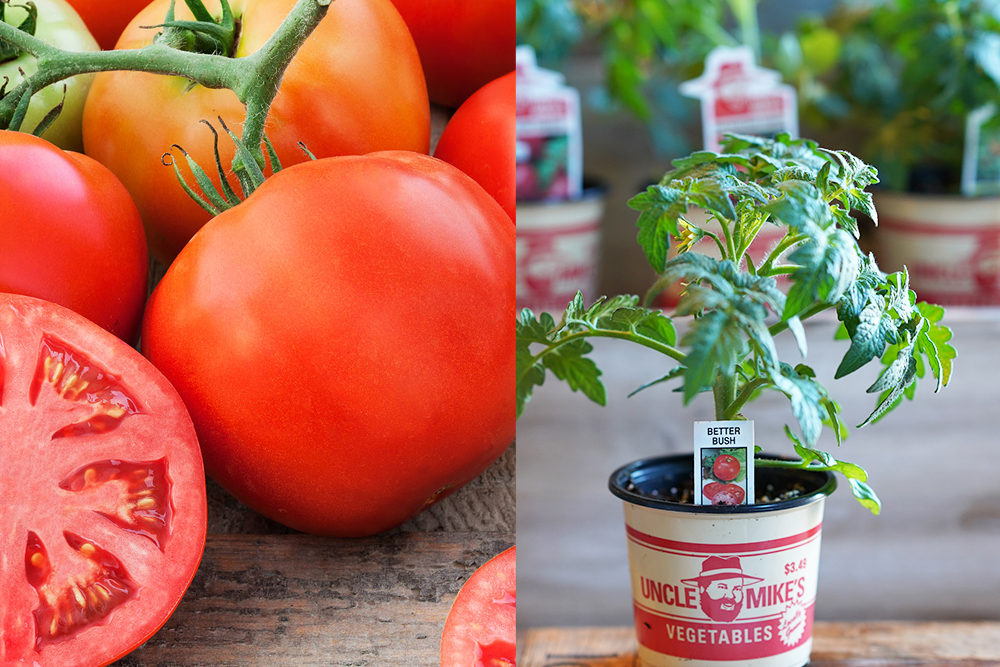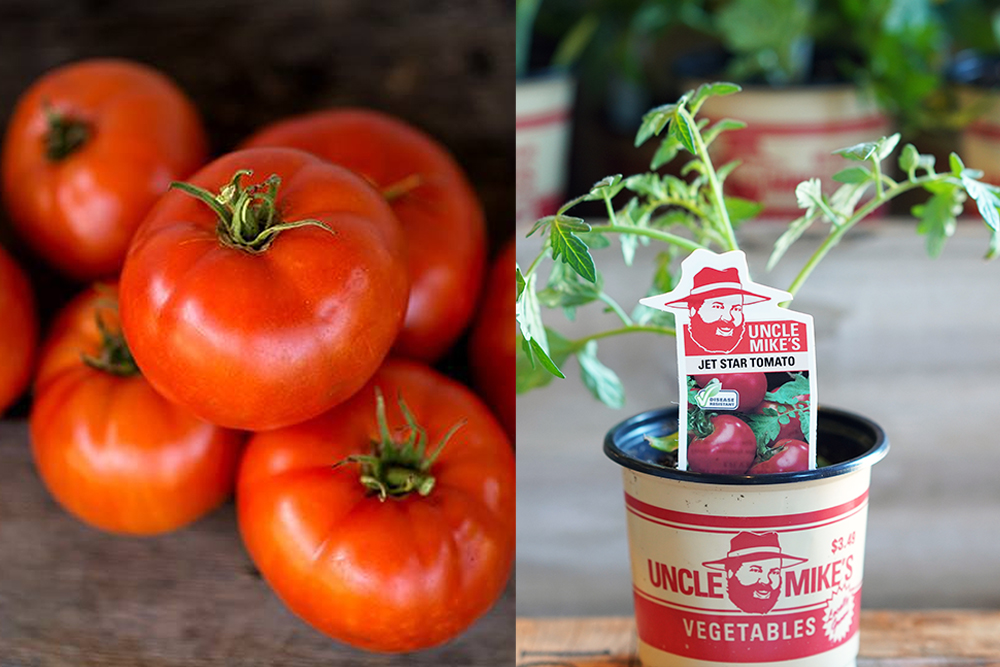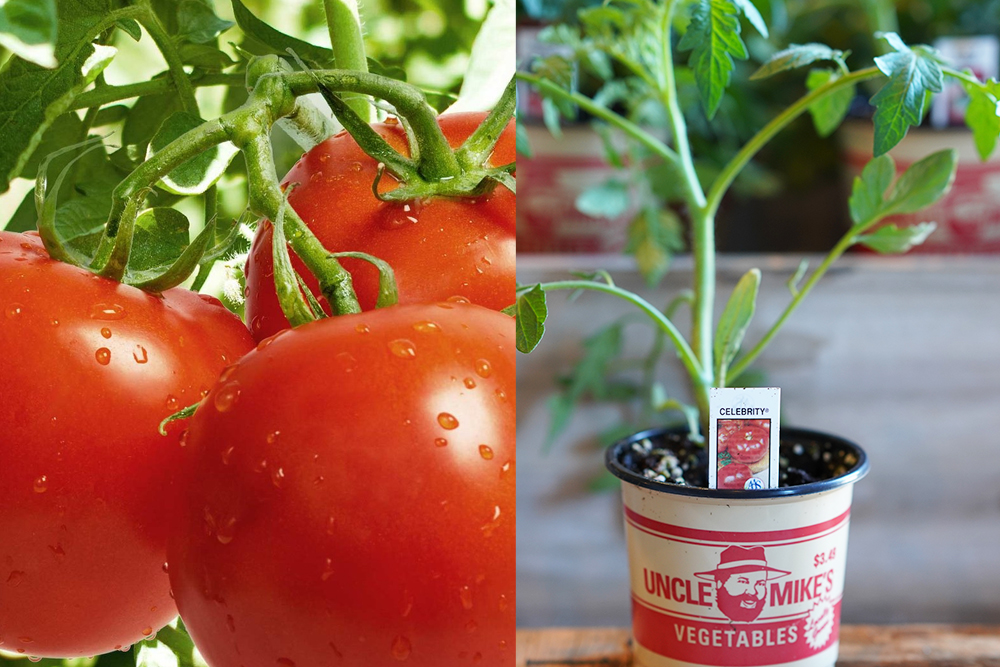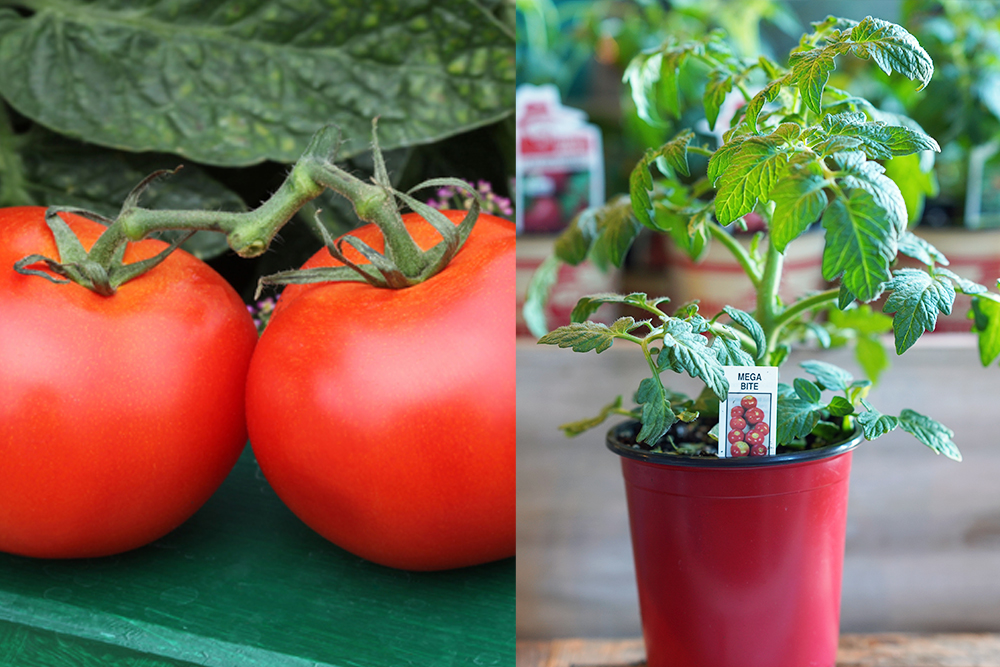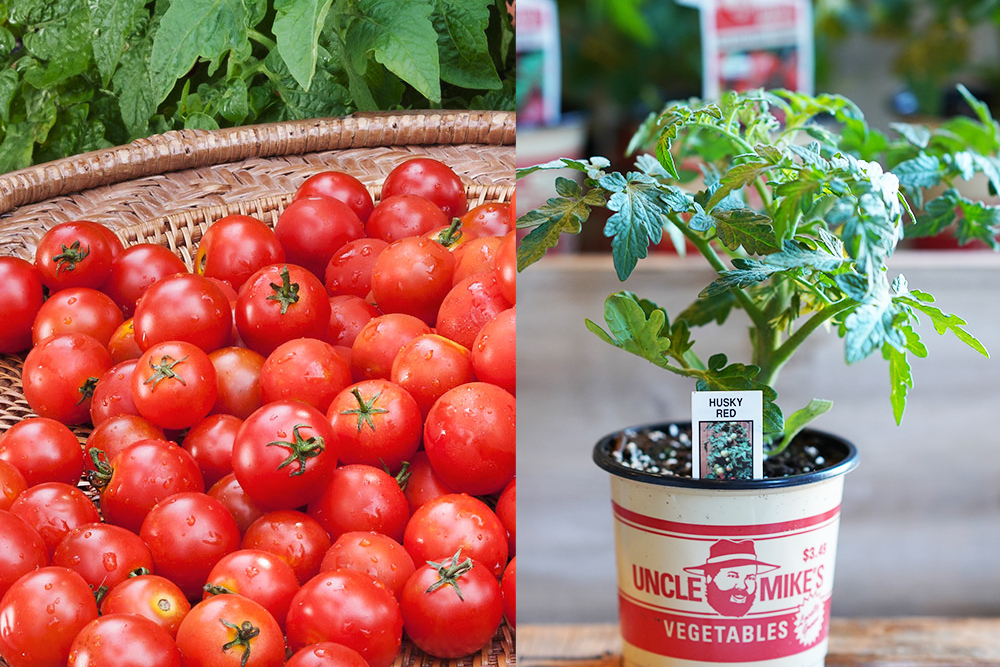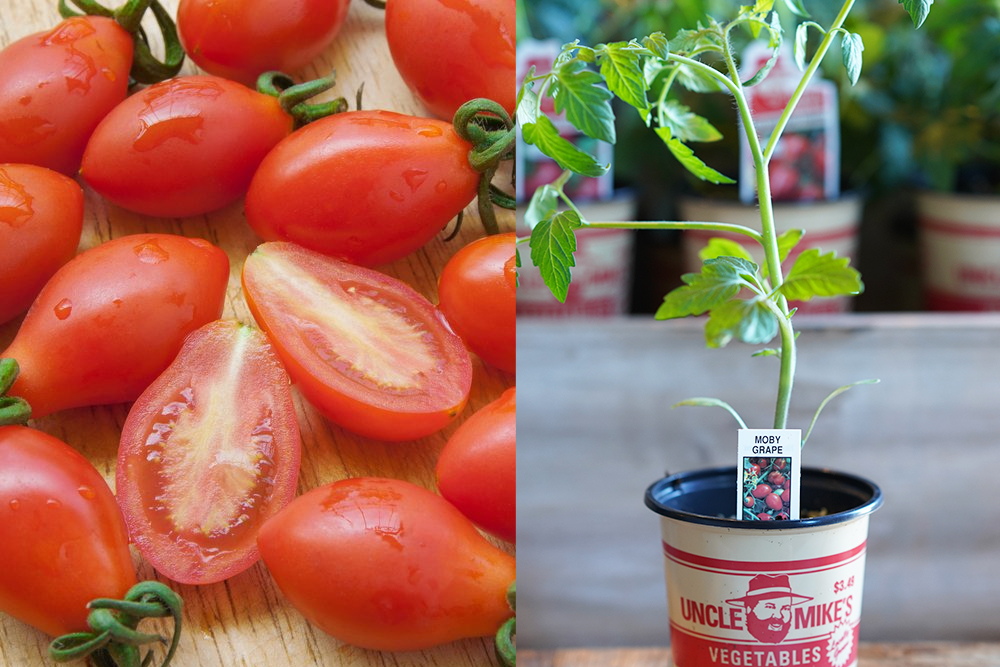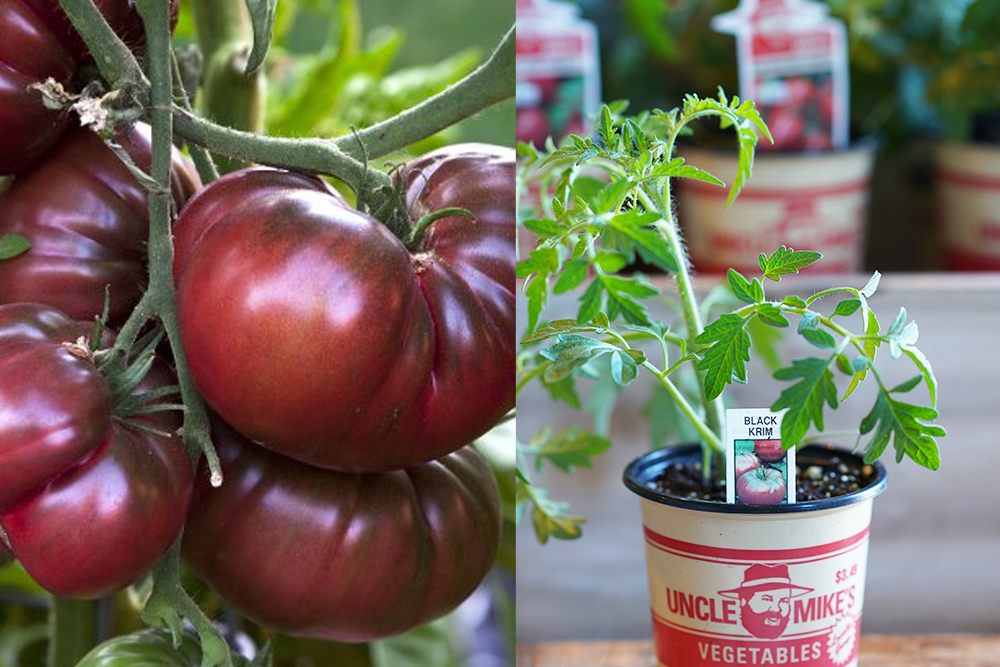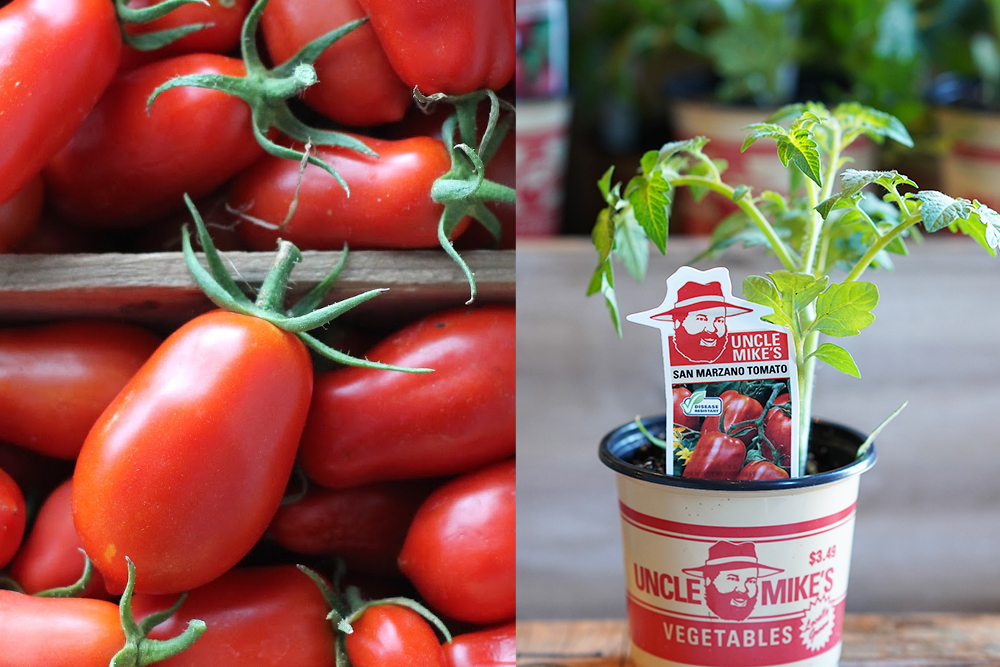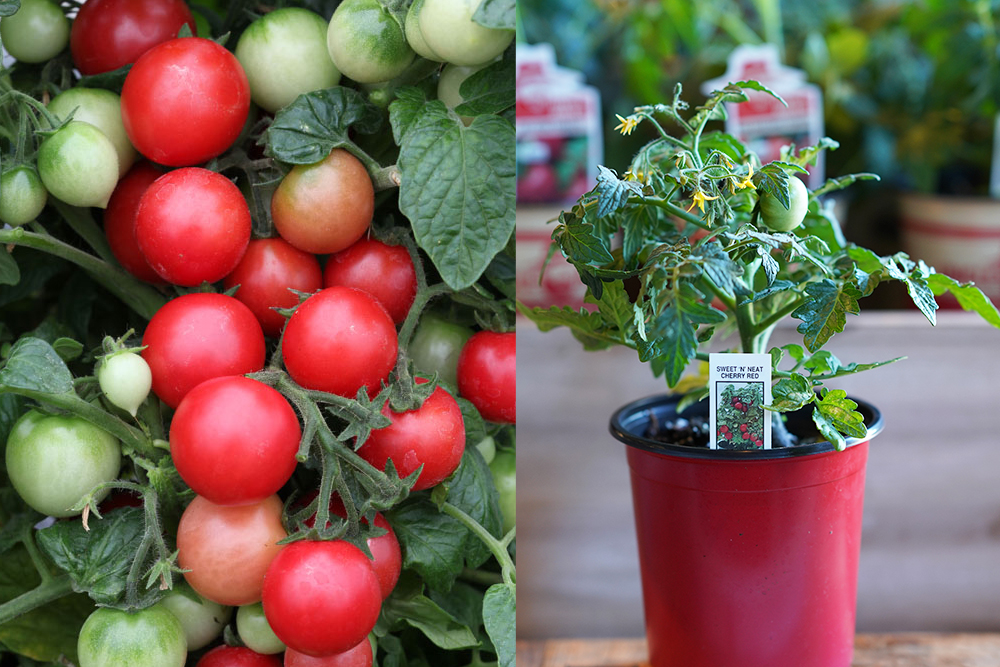 I always get asked about growing tomatoes in containers. I tell customers it will be easy and you’ll see success if you remember the following:
I always get asked about growing tomatoes in containers. I tell customers it will be easy and you’ll see success if you remember the following:
1. Bigger is always better. The larger the container, the better the harvest will be. There’s less problems with blossom end rot, lack of water and overall health from lack of nutrients because more soil will hold more nutrients and water.
2. Always fertilize. A container plant will use up the nutrients in the soil quicker than if it was in the ground, so you need to replace this in the form of fertilizer. I recommend planting with a granular like Tomato Tone and adding a water soluble feed like Neptune’s Harvest throughout the season to keep the nutrient levels high in the soil.
3. You are automatically more susceptible to Blossom End Rot in a container. Blossom End Rot is a calcium deficiency not a disease. The cure is adding more calcium to the soil and not treating with a fungicide. You need to fertilize with a feed that contains higher levels of Calcium like Tomato-Tone. It can even serve you well if you add lime or Jonathan Green’s Mag-i-cal to the soil for even more calcium. A calcium-rich soil must be preventative, not reactive to the problem. If you detect Blossom Rot on any of your tomatoes, you’ll need to pick them off and discard. You run the risk of not realizing you have a calcium deficiency until its too late.
4. Try to grow medium to small sized tomatoes instead of the large ones. Large tomato varieties like Big Boy or Beefsteak are less forgiving with lack of water and require lots of room for a big root system.
5. Use the proper soil. I don’t like to use a typical soil-less potting mix because it dries out too fast. You can add a little compost to a regular potting mix or use our Mahoney’s Organic Potting soil which contains a compost and is a bit denser that our regular soil-less mix.


